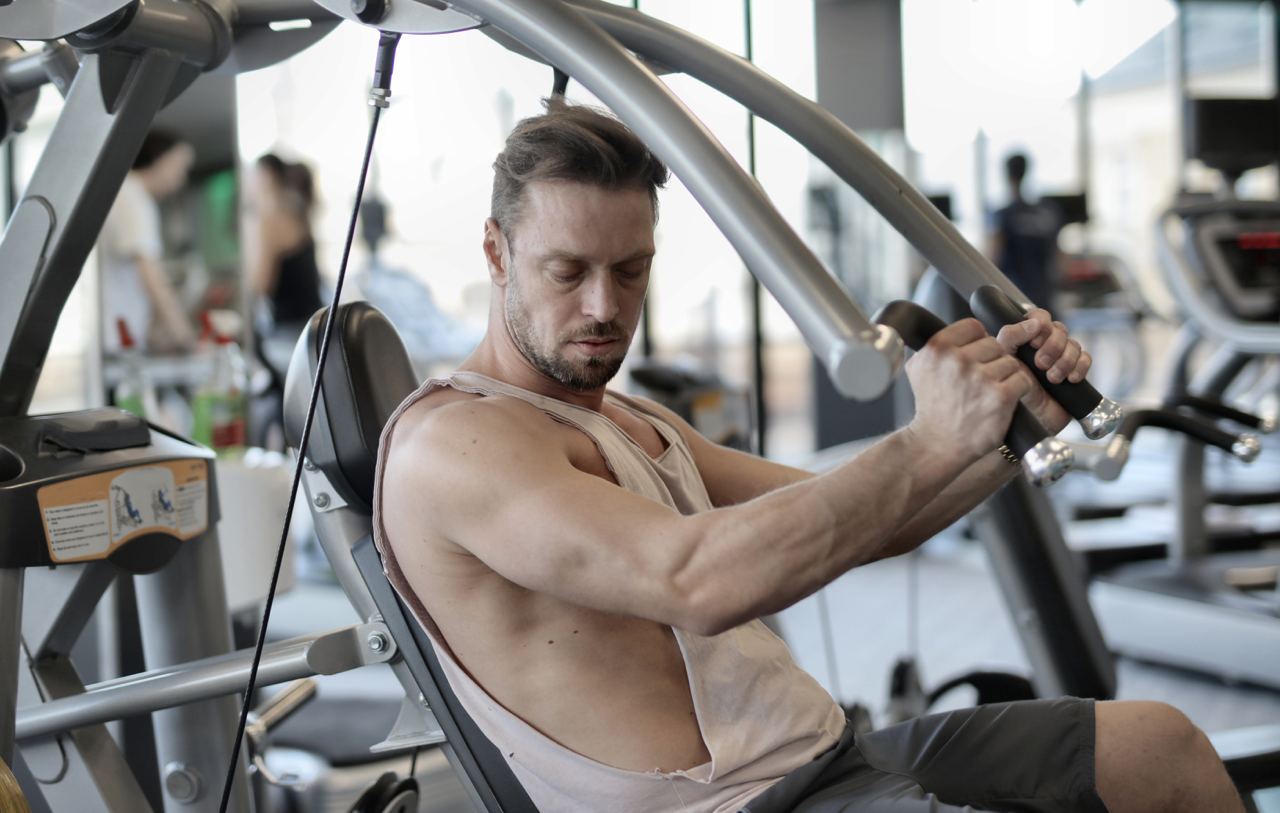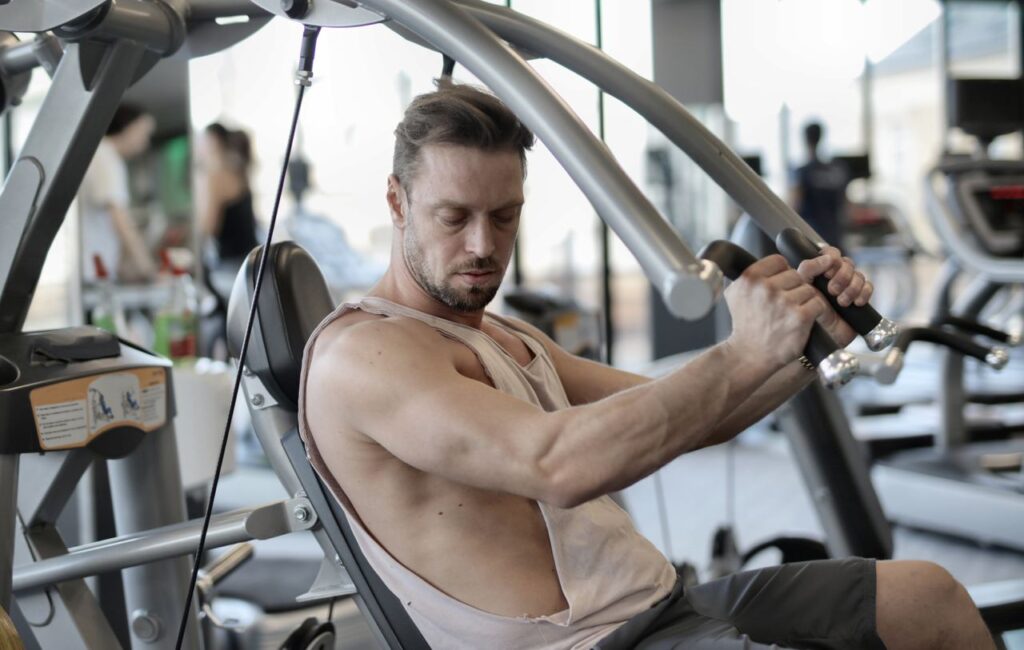
MASTERING METABOLISM FOR OPTIMAL GYM PERFORMANCE
Ignite Your Fitness Journey
Have you ever wondered why some people effortlessly maintain a healthy weight and vibrant energy levels? It is not just genetics—your metabolism is the engine that powers the body. To better understand the concept, this article will dive deep into the science behind metabolism to uncover the factors influencing it and the available strategies to supercharge it.
Metabolism is a term widely used in the health and fitness industry. However, many people do not understand the concept behind this common buzzword. At its core, metabolism encompasses the biochemical processes that convert food into energy required for cells to function. In other words, metabolism is the fuel that propels every heartbeat, every thought, and every movement humans make.

Factors governing Metabolic Rate
The body’s metabolic rate is not set in stone, as many factors influence it. For instance, genetics play a role in determining a person’s baseline metabolism. Age also comes into play; as one age, their metabolism tends to slow down. Nonetheless, it is not a helpless situation, as there are factors that can be influenced and molded to provide positive results.
• Muscles Matter
Flexing muscles is one of the well-known trademark behaviors for individuals who regularly attend the gym; however, most people are unaware that muscle tissue is a calorie-burning furnace. According to Gonzalez-Gil & Elizondo-Montemayor (2020), the more muscle you possess, the more calories you burn, even at rest. Therefore, engaging in strength training exercises such as weight lifting fuels muscle growth and elevates a person’s resting metabolic rate (RMR), setting the stage for efficient calorie utilization.
• High-Intensity Interval Training( HIIT) and Afterburn
Ever felt that post-workout glow hours after exercising? Well, that is the magic of the after-burneffect, scientifically known as excess post-exercise oxygen consumption (EPOC). This effect happens because even after a workout, the body continues to burn calories at an elevated rate. Consequentially, when the body is at complete rest, it still loses calories due to a concept known as oxygen debt. EPOC is simply the amount of oxygen required by the body to restore it to its normal resting level of metabolic function, commonly called homeostasis (Janot et al., 2017).
Imagine a workout that delivers results not only while you are sweating it out but also while you are sipping your post-workout protein shake. In that case, High-Intensity Interval Training (HIIT) is the workout for you. HIIT workouts involve alternating between intense bursts of exercise and short recovery periods (Janot et al., 2017). By alternating between intense bursts of effort and rest, HIIT ignites a metabolic bonfire that continues to burn long after a workout.
• Protein Power
Proteins are the building blocks of life as we know it; however, they also play an influential role in determining the body’s metabolic rate. Pesta & Samuel (2014) posit that proteins are the architects of faster calorie burn due to the thermic effect of food (TEF), which is the energy expended during digestion and nutrient processing. Interestingly, protein-rich foods demand more energy for digestion than fats or carbohydrates, temporarily lifting one’s metabolic rate.
Therefore, it is essential to reimagine meal time as opportunities to fuel metabolism. Incorporating lean protein sources like poultry, fish, beans, and legumes into the diet is important. Not only do these foods support muscle repair and growth, but they also offer the added benefit of a metabolism-boosting TEF. Crafting a protein-rich diet is akin to providing a person’s metabolism with a turbocharger, amplifying efficiency.
• Hydration
The simplest secret to a stoked metabolism? Water. Hydration stands as a simple yet pivotal factor. Proper hydration is a prerequisite for optimal metabolic function since it is the cornerstone of cellular function, powering the biochemical processes that drive one’s metabolic engine (Thornton, 2016). Just as a well-oiled machine operates more efficiently, a well-hydrated body ensures that biochemical reactions occur seamlessly, allowing the intricate processes of energy production and expenditure to flow harmoniously. In fact, even mild dehydration can disrupt these processes, hampering our metabolism’s efficiency and impeding the body’s ability to burn calories effectively (Thornton, 2016). Therefore, having enough water around you is essential, even during workouts in the gym, as it helps to speed up the metabolic rate.
• Stay Active Throughout the Day
Staying active throughout the day is like infusing vitality into every moment, transforming routine tasks into opportunities for movement. This principle goes beyond scheduled workouts; it is about embracing a lifestyle that keeps the metabolic engine running at a steady hum. Whether it is taking short walks, opting for the stairs instead of the elevator, or engaging in desk stretches, these seemingly minor actions accumulate to make a substantial impact on a person’s overall activity level (Van der Ploeg & Bull, 2020). The goal is not to exhaust self with intense exercise all day long; instead, it is about finding creative ways to weave movement into your daily routine. This approach nurtures a dynamic relationship with your metabolism, fostering an environment where it thrives and contributes to your energy expenditure even during the most mundane moments.
Metabolism is not a mystical force reserved for a chosen few. It is a process that people can nurture, enhance, and optimize. By understanding the factors influencing the metabolic rate and embracing strategies like strength training, HIIT, protein-rich diets, and proper hydration, people can embark on a journey to elevate their energy levels, sculpt their bodies, and experience vitality like never before. This relationship between biochemistry and physiology reminds us that our bodies are marvels of nature. As we strive to make informed choices, we are not only supporting our physical well-being but also nurturing the processes that sustain life itself.
References
Gonzalez-Gil, A. M., & Elizondo-Montemayor, L. (2020). The role of exercise in the interplay between myokines, hepatocytes, osteokines, adipokines, and modulation of inflammation for energy substrate redistribution and fat mass loss: A Review. Nutrients, 12(6). https://doi.org/10.3390/nu12061899
Janot, J. M., Schleppenbach, L., Ezer, A., Gronemus, S., Widenski, K., & Braun, S. (2017). Effects of speed- and circuit-based high-intensity interval training excess post-exercise oxygen consumption. Medicine &Science in Sports & Exercise, 49(5S). https://doi.org/10.1249/01.mss.0000519922.83058.a1
Pesta, D. H., & Samuel, V. T. (2014). A high-protein diet for reducing body fat: Mechanisms and possible caveats. Nutrition & Metabolism, 11(1), 53. https://doi.org/10.1186/1743-7075-11-53
Thornton, S. N. (2016). Increased hydration can be associated with weight loss. Frontiers in Nutrition, p. 3. https://doi.org/10.3389/fnut.2016.00018
van der Ploeg, H. P., & Bull, F. C. (2020). Invest in physical activity to protect and promote health: The 2020 guidelines on physical activity and sedentary behavior. International Journal of Behavioral Nutrition and Physical Activity, 17(1). https://doi.org/10.1186/s12966-020-01051-1


Leave a Reply